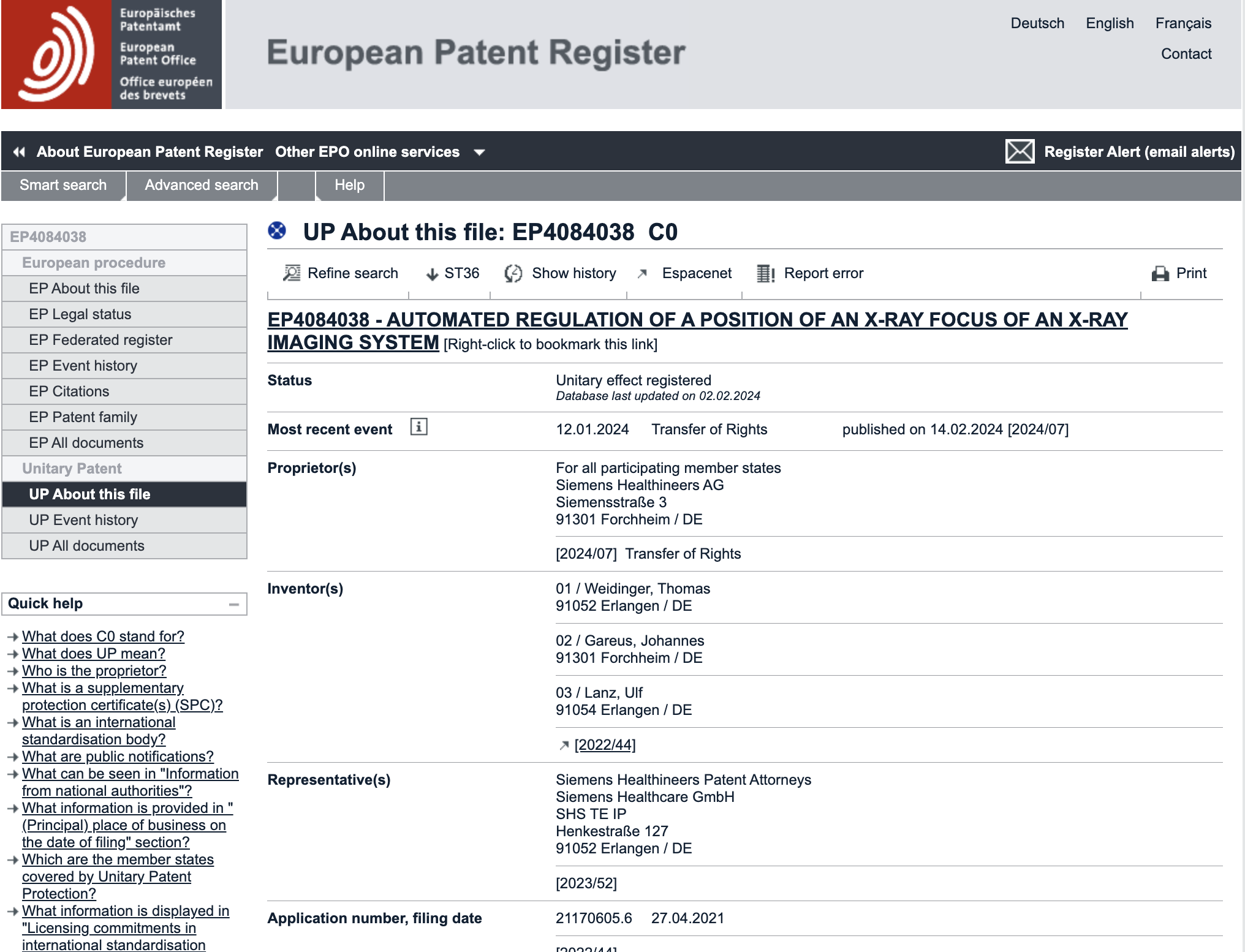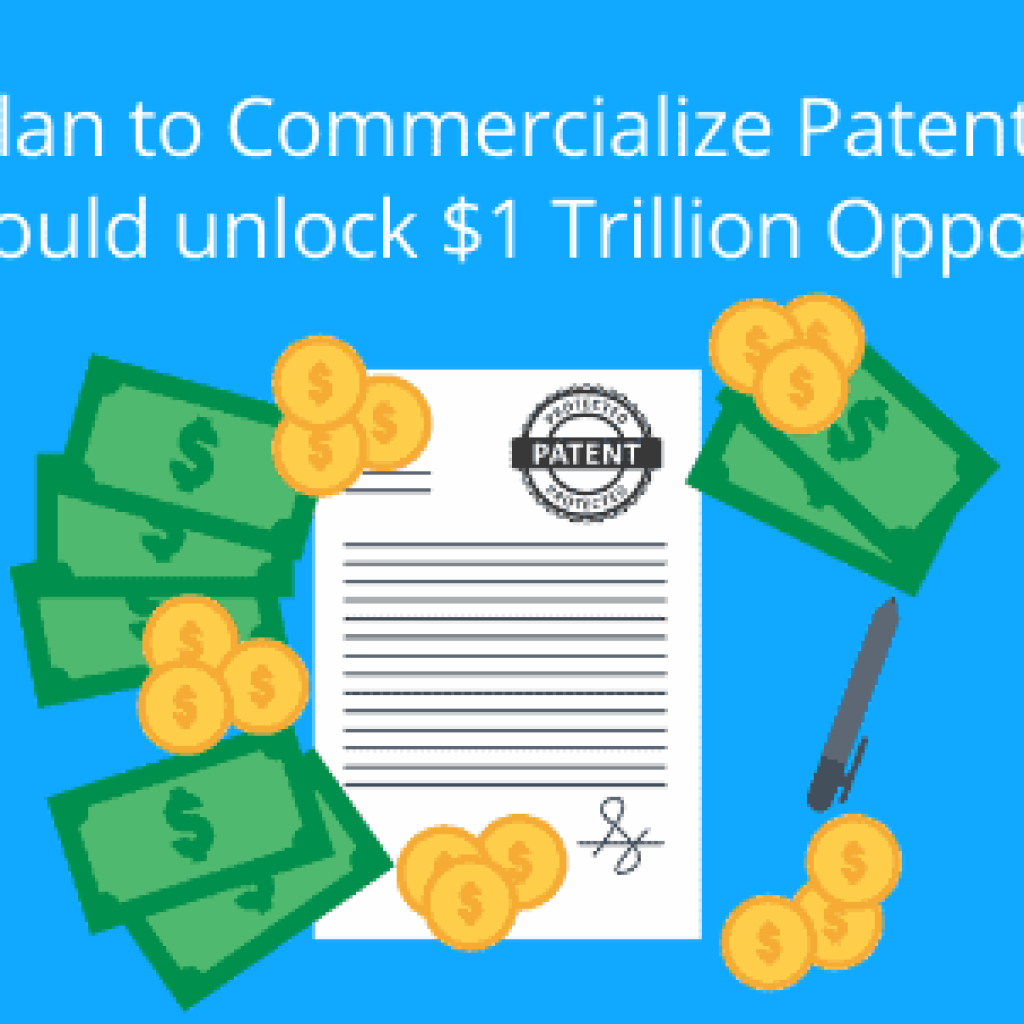In the eight months since its introduction, the Unitary Patent System has initiated a significant transformation in the field of patent law within the European Union. This article aims to offer an insightful overview of the Unitary Patent and Unified Patent Court, shedding light on how this system benefits various sectors, the notable cases that have unfolded since its launch, and a glimpse into the future prospects of the Unified Patent Court.
Through an examination of the system’s impact and operation, we provide a clear and comprehensive understanding of how it is impacting the intellectual property landscape in Europe by making it more accessible and streamlined.
Maximizing Coverage Across 17 EU Countries with Unitary Patents & Court
Currently, 17 EU member states have signed and ratified the UPC Agreement, meaning they fully participate in the UPC system. These countries are:
1) Austria
2) Belgium
3) Bulgaria
4) Denmark
5) Estonia
6) Finland
7) France
8) Germany
9) Italy
10) Latvia
11) Lithuania
12) Luxembourg
13) Malta
14) Netherlands
15) Portugal
16) Slovenia
17) Sweden
The Value Proposition of Unitary Patent and Unified Patent Court for Businesses
The UP and UPC are designed to streamline the patent process, making it more cost-effective and efficient. We believe this is particularly helpful for small and medium enterprises (SMEs) and sectors like pharmaceuticals and life sciences, where innovation is rapid and widespread.
Simplified Process:
The Unified Patent streamlines obtaining patent protection across multiple EU countries by offering a single application process. For example, a tech company developing AI algorithms can secure protection across the EU with one application, eliminating the need to file separately in each country.
Cost Saving & Time Saving:
The Unified Patent system is a cost-effective solution for securing patents that eliminates the need for parallel validation and litigation. This is especially beneficial for SMEs that may have previously been deterred by the expense of securing patents across different jurisdictions.
Litigation and Prosecution:
The Unitary Patent gives access to the Unified Patent Court (UPC) that hears cases relating to Unitary Patents. The UPC expedites the litigation process with the goal of resolving disputes within a year. This rapid turnaround is crucial for businesses seeking swift resolution to patent infringements, ensuring that a single verdict will apply across all participating countries. This can save you time and money, and it can also help to ensure that you get a fair and consistent outcome.
Renewal Fees Time Saving:
For unitary patents, a single renewal fee replaces multiple national fees, and no translations are required for validation except during a transitional period. This significantly lowers the administrative and financial burden on patent holders.
Uniform Territorial Protection Together / Wider Coverage:
A Unitary Patent offers distinct advantages over traditional European patents by providing wider coverage across up to 17 EU member states and ensuring uniform territorial protection in 17 states. This streamlined approach eliminates the need for validating patents individually in each country, simplifying enforcement and significantly enhancing the scope of protection for inventors seeking to safeguard their innovations across many nations.
For SMEs, the cost and complexity of filing patents in multiple countries can be prohibitive. The Unitary Patent simplifies this process, making it more feasible for smaller entities to protect their innovations across a significant portion of the EU with a single application. This broad coverage is crucial for SMEs looking to scale up and compete on a larger stage without the burden of excessive patent management costs.
How To Use Unitary Patent Details to Develop Your Next IP Strategy?
To better navigate the Unitary Patent system and access specific details, the European Patent Register and Espacenet have integrated UP information. Here is a guide on how to use these resources.
Extract Legal Event Details For Competitor Analysis
The search is similar to other patents on the Espacenet or European Patent Register to track the legal events associated with a Unitary Patent. But it now includes a special section dedicated to Unitary Patents, marked by a kind code “C0” next to the publication number. This marker identifies European patents with unitary effects and facilitates the retrieval of relevant bibliographic and legal information.
Furthermore, it provides a comprehensive overview of procedural and legal events related to Unitary Patents, which are updated following their publication in the European Patent Bulletin, typically four weeks after the Register’s update.

Another way to search for Unitary Patent details is to use the new section on the European Patent Register at the bottom specifically dedicated to the unitary patent. In this section, we track the status of the unitary patent, as shown in the screenshot below.
Using EPO Search Tools for UP Monitoring
The Advanced Search interface incorporates new search fields for the “Unitary effect request date” and “Unitary effect registration date,” enabling targeted searches for Unitary Patents. Smart Search has also been updated with new field identifiers (ufd for request date and urd for registration date) to facilitate these searches.
The Role of Event Codes in Finding Unitary Patents Going for Litigation
On the European Patent Office (EPO) website, you’ll discover a comprehensive catalog of event codes specifically designed for Unitary Patents. This catalog serves as a key resource, offering insights into each event code’s significance facilitating a clearer comprehension of a Unitary Patent’s current standing and its journey through various procedural stages.
To explore the full spectrum of event codes and their interpretations, the EPO provides detailed information accessible via their official site. More details are on the EPO’s dedicated page for patent data and coverage updates.
Understanding event codes related to legal proceedings, such as infringement actions (e.g., “U30: ACTION FILED AT THE UNIFIED PATENT COURT”), equips you with the knowledge to anticipate potential legal challenges. By using this approach, it is possible to develop better strategies for defending intellectual property rights or pursuing litigation.
Tracking Requests Received & Registered for Unitary Patents To Mitigate Patent Disputes and Litigation
To understand the volume and domain of Unitary Patent registrations, the EPO has introduced a dashboard that offers a snapshot of applicants’ engagement with the Unitary Patent system. This dashboard categorizes requests for Unitary Patents by technology field, country of origin, language of translation, proprietors’ profiles, and registration status, providing daily updates.
Infringement cases under UPC and what to expect from UPC in 2024
Since the Unified Patent Court (UPC) started functioning, there has been a noticeable shift in the types of litigation cases filed, characterized by different technologies and claimants of varying sizes. More than 100 cases have already been registered, reflecting the broad appeal of the UPC across different sectors.
Significant players such as Panasonic have leveraged the UPC in their ongoing standards-essential patent battles against competitors like Oppo and Xiaomi, illustrating the strategic importance of the UPC in global patent disputes.
Additionally, the UPC has attracted the attention of smaller entities, showcasing its potential to democratize patent enforcement and defense. For instance, companies like myStromer, an e-bike manufacturer with a modest workforce, have actively engaged with the UPC, highlighting the court’s accessibility to small and medium-sized enterprises (SMEs). This engagement by smaller companies, particularly in central revocation actions, underscores the UPC’s role as a cost-effective option for clearing market paths by challenging competitor patents.
The way forward
The presence of both large corporations and smaller companies among the early users of the UPC underscores a growing confidence in the new system. As the court continues to streamline its processes and perhaps introduce more supportive measures for SMEs, it could become an even more attractive avenue for patent protection and litigation for businesses of all sizes.
However, navigating the Unitary Patent and Unified Patent Court systems requires detailed understanding and strategic foresight. GreyB has already assisted numerous businesses in 2023 in understanding and preparing for the transition to the UP and UPC. Whether it’s deciding which patents to convert to UPs, understanding the litigation landscape under the UPC, or developing a comprehensive IP strategy, professional guidance is invaluable.
As the UP and UPC systems become operational, staying informed and strategically aligned with these changes will be crucial to protect and maximize the value of your intellectual property in Europe. If you’re contemplating how your patents fit within this new framework –
Authored by: Rajesh Kumar, Sachin Singh, Report Generation Team
Edited by: Annie Sharma











